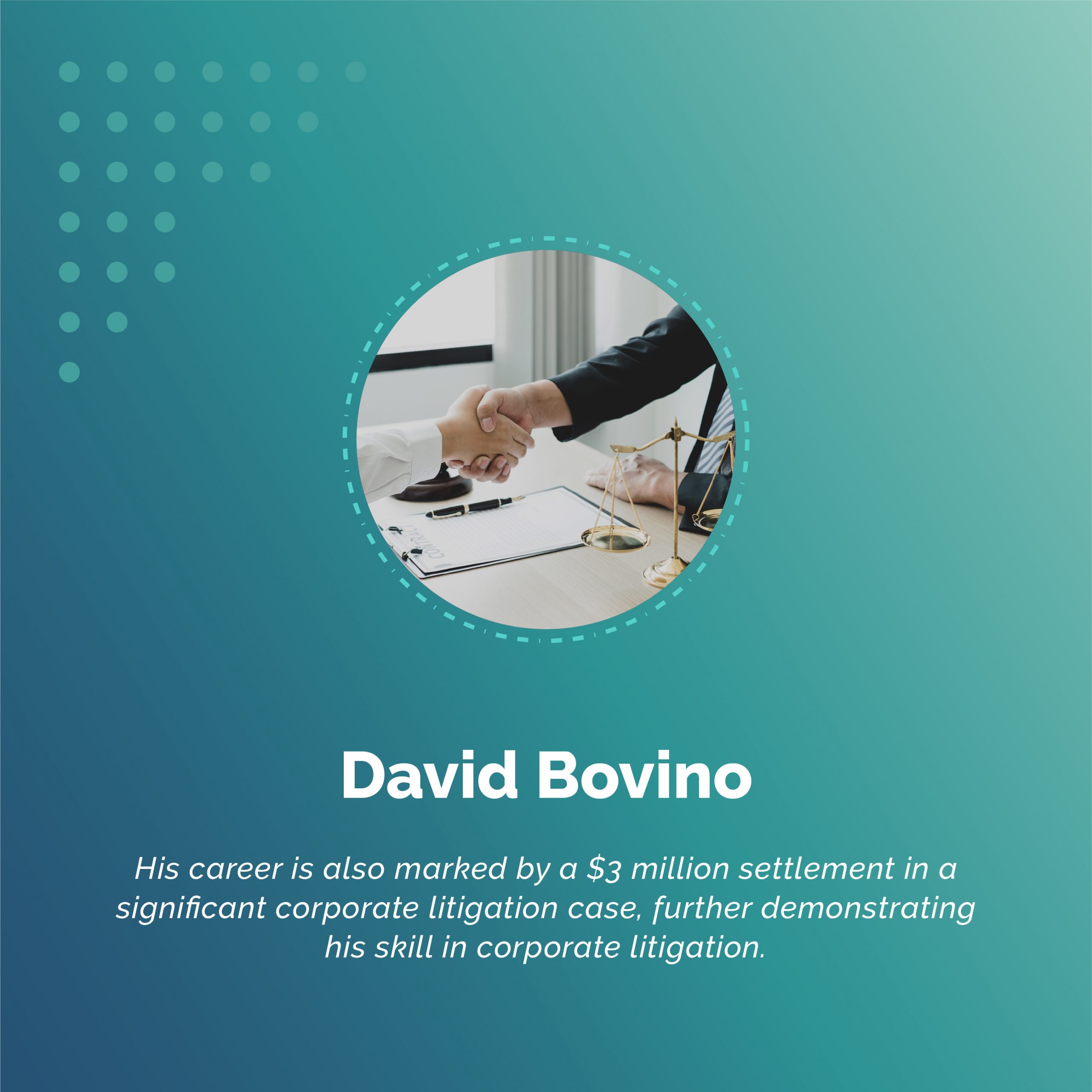
Effective communication is a cornerstone of successful leadership. In the modern workplace, where teamwork and collaboration are paramount, the ability to communicate clearly and persuasively sets exceptional leaders apart from the rest. Here are seven proven strategies to enhance leadership communication and foster a more dynamic and cohesive workplace.
Prioritize Clarity and Brevity
Clear communication eliminates misunderstandings and ensures that everyone is on the same page. Leaders must strive to convey their messages as succinctly and clearly as possible. This involves avoiding jargon, being concise, and focusing on critical points. Before communicating, consider the core message you want to convey and the simplest way to express it. This not only makes your communication more effective but also respects the time of your team members.
Practice Active Listening
Effective communication is not just about conveying information—it’s also about being a good listener. Active listening involves fully concentrating on the speaker, understanding their message, responding thoughtfully, and remembering the information later. This practice helps leaders gain insights into the needs and concerns of their team members, fostering a more inclusive and supportive workplace environment.
Foster Open Dialogue
Encourage an environment where team members feel safe to express their ideas, concerns, and feedback. Open dialogue can be facilitated through regular meetings, open office hours, and feedback sessions. This helps gather diverse viewpoints and empowers team members, making them feel valued and part of the decision-making process.
Utilize Multiple Communication Channels
Different messages may require different modes of communication. While email might be suitable for sending detailed instructions or updates, direct conversation (in-person or through video calls) might be better for discussing more complex or sensitive topics. Utilizing multiple communication channels ensures that your message is conveyed in the most effective manner possible.
Be Consistent and Reliable
Consistency builds trust, which is essential for effective leadership. Ensure that your messages are consistent across all channels and over time. This includes maintaining a consistent tone, style, and content. When team members know what to expect from their leader, it reduces uncertainty and builds confidence within the team.
Adapt Your Communication Style
A more than one-size-fits-all approach is needed in communication. Different team members may have different communication preferences and needs. Some prefer direct and to-the-point conversations, while others need more background and context. Adapting your communication style to fit the audience makes your communication more effective and shows respect for individual differences.
Lead by Example
Leaders are role models in the workplace. By demonstrating practical communication skills in your everyday interactions, you set a high standard for your team. This includes everything from handling conflict and giving feedback to how you acknowledge and address your mistakes. Leading by example can inspire your team to communicate more openly and effectively.
Implementing these strategies requires patience and dedication but can significantly enhance the effectiveness of your communication as a leader. Over time, these practices will help create a more engaged, responsive, and cohesive team. Effective leadership communication not only improves team dynamics but also drives better decision-making, faster problem-solving, and increased productivity in the workplace.